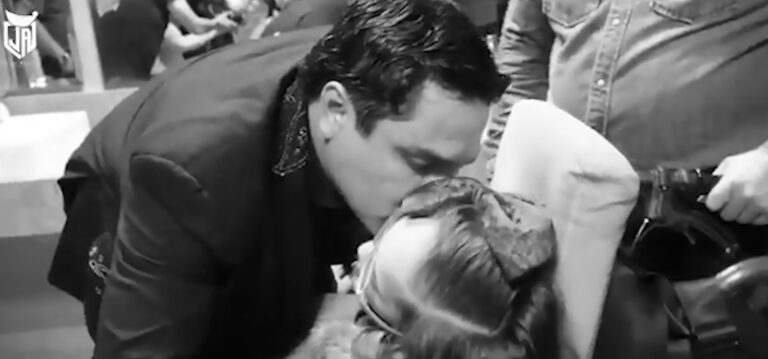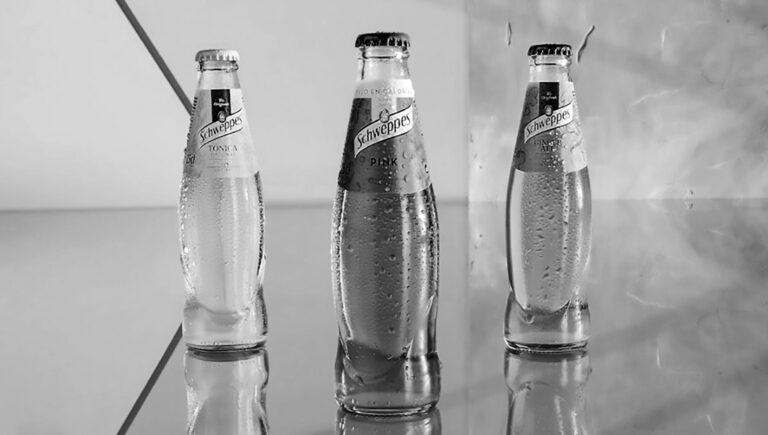An international team of experts has detected two star clusters colliding in the Milky Way for the first time.
The collision between the two star clusters is ongoing and is taking place 1,100 light years from Earth.
The international research team was led by Andres Piatti, an independent researcher at CONICET (Consejo Nacional de Investigaciones Cientificas y Tecnicas; National Scientific and Technical Research Council), an Argentine government agency that oversees most of the scientific research that takes place in the country’s universities and other academic institutions.
CONICET said in a statement that it was the first time that such an occurrence had ever been detected by scientists on Earth. CONICET said: “This is the first time that a phenomenon of this nature has been detected and provides key data that open up new observational fields and lines of research in astrophysics.”
And Piatti said that it appeared that the two star clusters were emerging. He said: “Star clusters are concentrations of tens to millions of stars that share the same origin in time and space. Their collision implies that the distance between their centres is less than the sum of their radii, that is, they are partially merging.
“As this is the first time that such an event has been detected, we know practically nothing about what will happen in the future. A new cluster could result as a consequence of the merger, or both may disappear due to the violence of the phenomenon.”
CONICET said: “In the Milky Way there are about 1,800 clusters identified and studied in detail. The ages, distances and dimensions of all of them are known. With that information combined, and after performing complex calculations, the Argentine scientist detected that two clusters were partially superimposed (or merged).”
Piatti explained how he had come up with the research idea, saying: “The idea came to me this year, I developed it and when I found this result I looked in the international community for an astrophysicist who could calculate the orbits towards the past of both clusters. Indeed, their orbits confirm that the two clusters are very different.
“One formed 617 million years ago and the other 53 million years ago, at two completely different locations in the galaxy. When the youngest was formed, they were separated by about 1,500 light years.”
CONICET said: “This collision provides a unique opportunity to explore new aspects of star cluster formation and evolution.”
The scientist added: “This discovery gives modern astrophysics a new observational scenario, a new field of research, to understand what happens when two or more clusters collide.
“There are no previous models or predictions, because astronomers had not observed a similar event before. We know practically nothing about how these objects can evolve, not even if we will have the possibility of observing some other collision between other clusters.
“It is a very unique event.”
The study, in which the experts “report the first evidence of an on-going collision between two star clusters in our Galaxy, namely IC 4665 and Collinder 350”, was published in the academic journal Monthly Notices of the Royal Astronomical Society Letters under the title ‘First evidence of a collision between two unrelated open clusters in the Milky Way’ on Monday 13th December.
To find out more about the author, editor or agency that supplied this story – please click below.
Story By: Joseph Golder, Sub-Editor: William McGee, Agency: Newsflash
The Ananova page is created by and dedicated to professional, independent freelance journalists. It is a place for us to showcase our work. When our news is sold to our media partners, we will include the link here.




